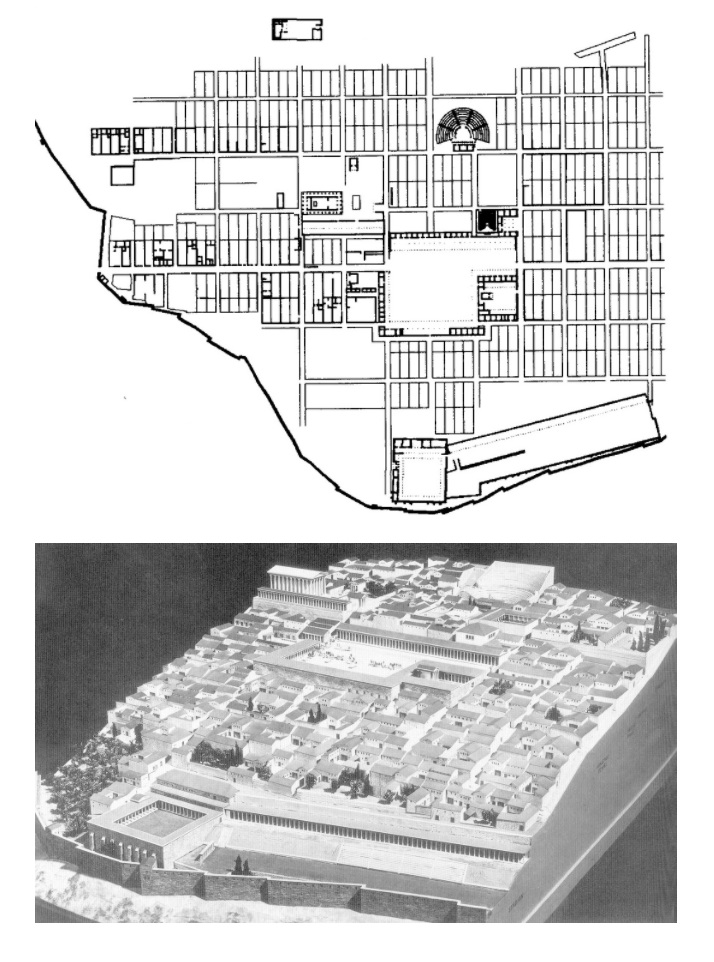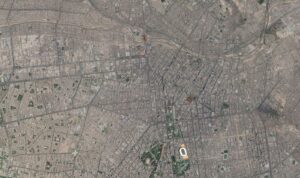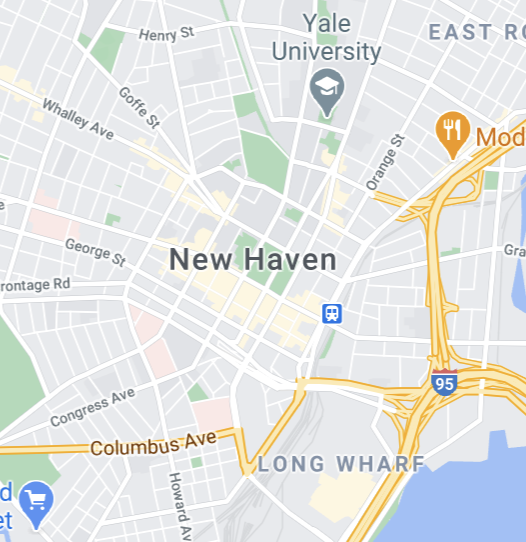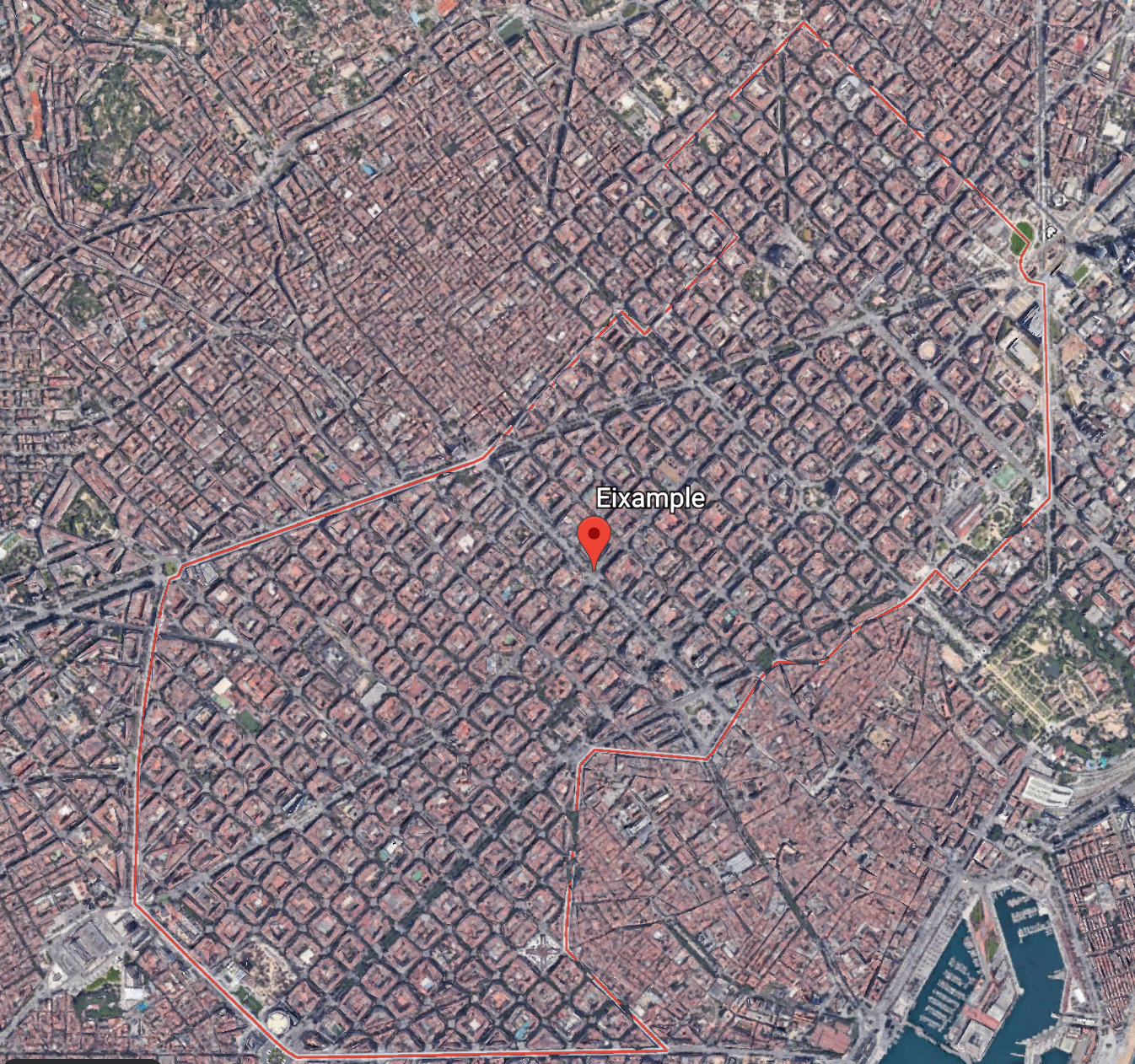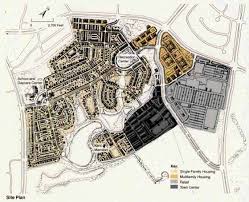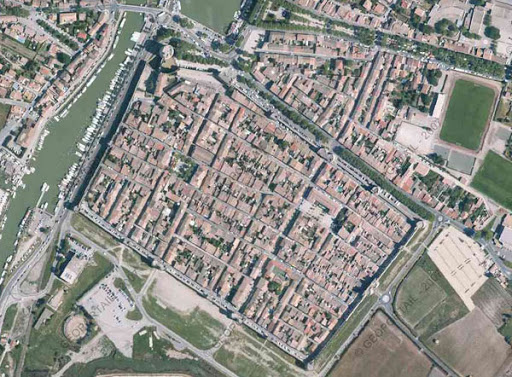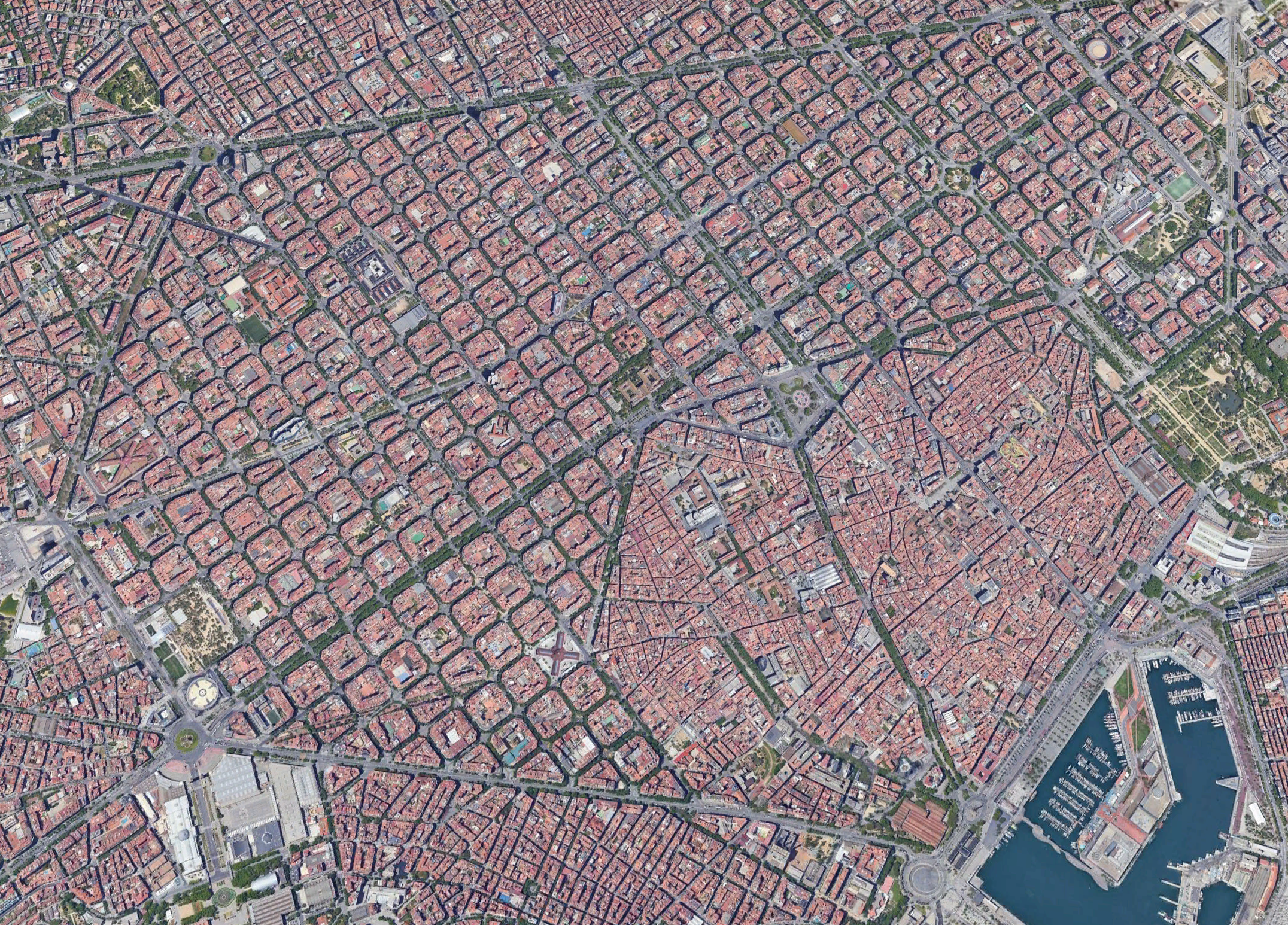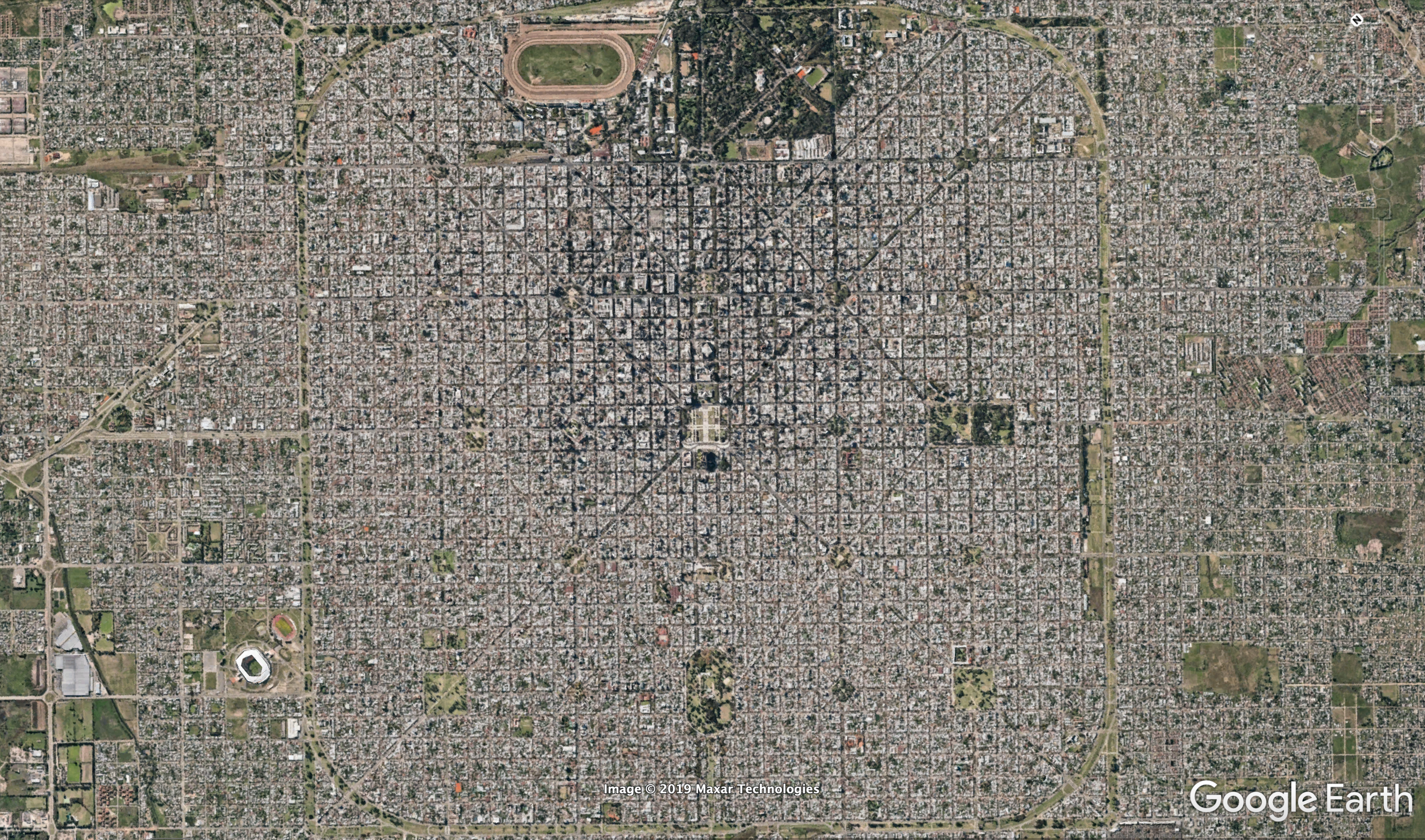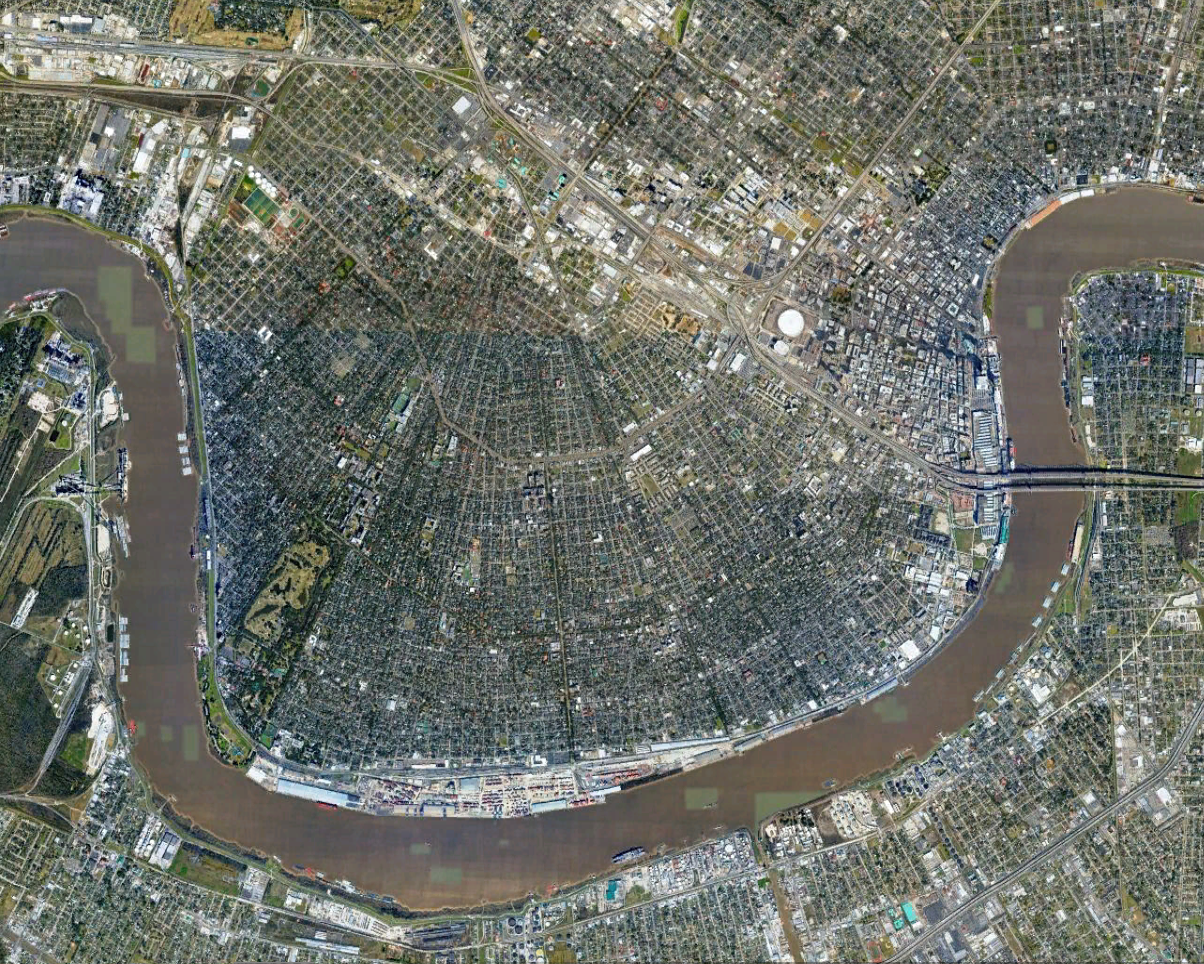Beijing, China
The city design within the Beijing city wall follows a grid pattern. The horizontal running road (Chang An road) and the vertical positioned Forbidden palace forms natural separations between the four quadrants of Beijing. Within each quadrant, roads run along the city gates, further dividing each quadrant into grids. The design of households in Beijing also contributed to the grid pattern in Beijing. Houses in Beijing are typically in rectangular or square forms, this also contributes to the networks of grids. However, roads between houses and neighborhood are typically narrow and irregular, in order to compensate for the different sizes of houses in the area. This makes it easier to getting disoriented in Beijing.

